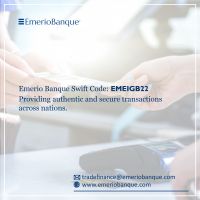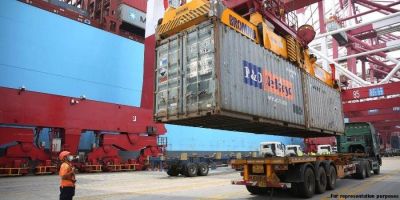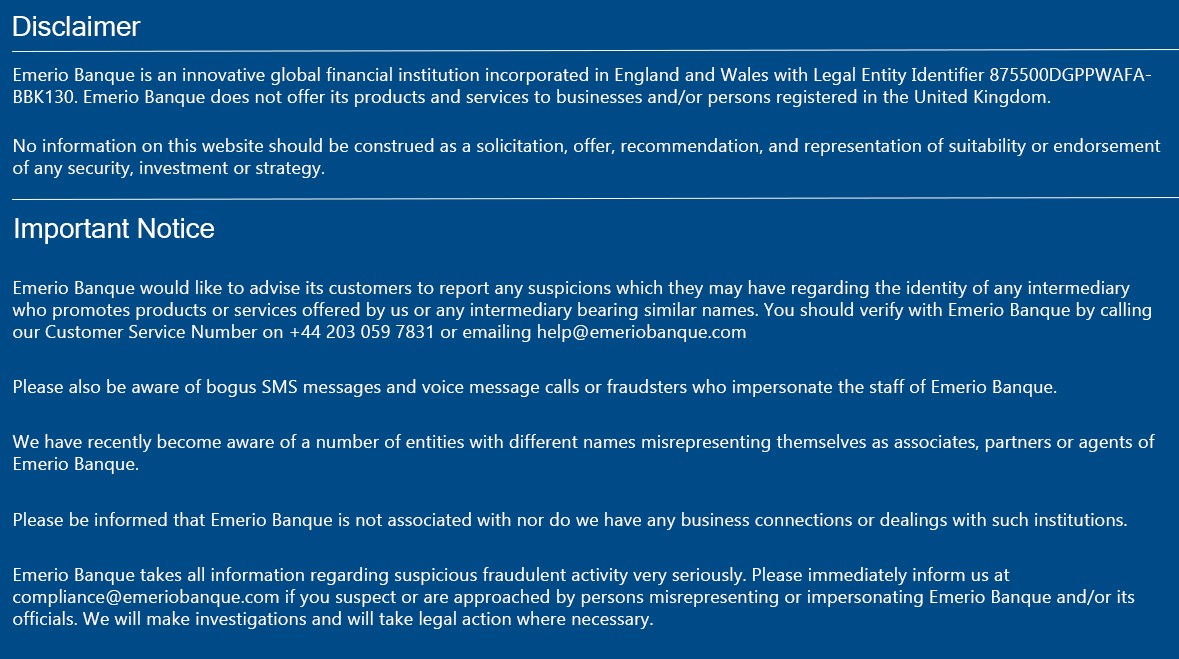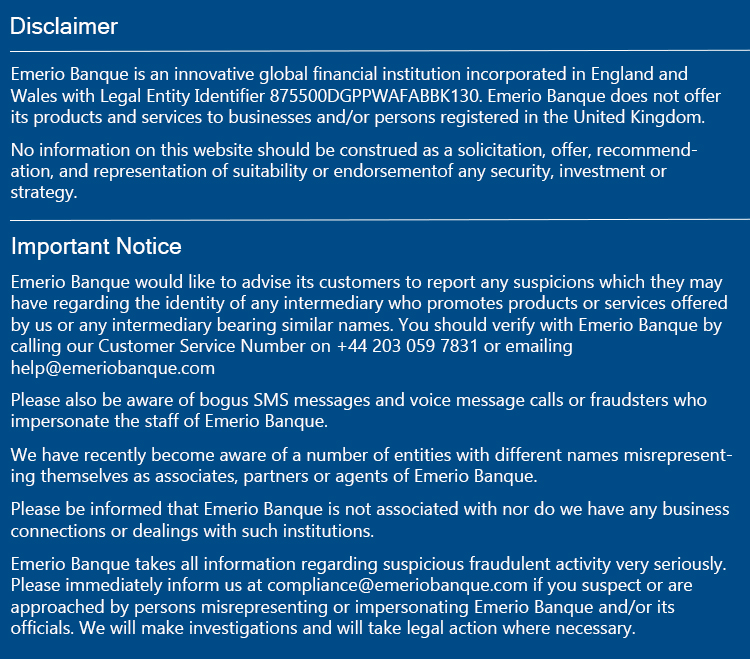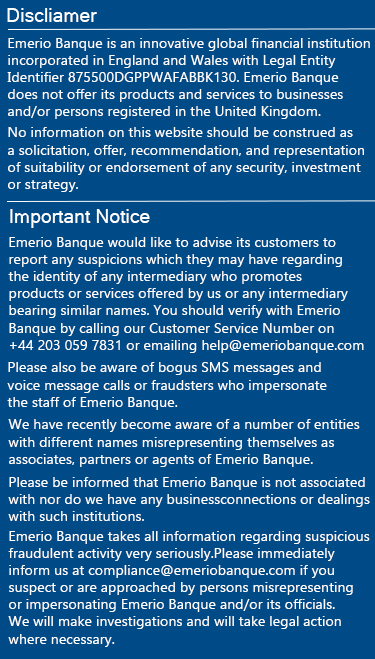Documentary Collection: Meaning, Types, And Process
Nov 06, 2020 - 11:37 AMAuthor - Emerio Banque

What Is A Documentary Collection?
Documentary collection is a type of trade finance where an exporter is paid for his shipped goods & products by an importer after the two parties’ banks exchange the evidential documents. In other words, it is a method of trade finance where an exporter’s bank forwards documents to the importer’s bank to collect the payments for shipped goods. It occurs usually after the shipment of goods at the importer’s location.
Documentary collection is different from a letter of credit. In the case of Documentary collection services, the exporters can get the payments by presenting its shipping and collection documents to their remitting bank. The remitting bank is responsible for forwarding these documents to the importer’s bank. Then, the importer’s bank pays the exporter’s bank by crediting those funds. However, the role of the banks is limited in the documentary collection as they do not verify the documents, or guarantee the payment. They just guide you through the flow of the documents.
Types of Documentary Collection
There are two types of documentary collections depending on when the payment is made to the exporter. Here they are as follows:
1. Documents Against Payment Collection - A document against payment collection is executed when the goods have been shipped by the exporter to the buyer. The seller can present their bank with the shipping documents and then the bank forwards those documents to the buyer’s bank. This is the most common form of the documentary collection as it helps reduce the risk for the sellers and makes the importer pay the face amount of the draft at sight. When the buyer is presented with the draft, the payment must be made to the bank.
2. Documents Against Acceptance Collection - In this type of documentary collection, the importer is required to pay the exporter on a specific date. The exporter provides a credit arrangement to the buyer and when the specified date is reached, the collecting bank (the buyer’s bank) approaches the buyer for payment. After the payment, the collecting bank transfers the funds to the exporter’s bank who then transfers the funds to the exporters.
Recommended Read: What Is International Trade Finance? How Does It Work And Types
What Is The Process Of Documentary Collection?
Here the step-by-step guide to the process of documentary collection:
1. The process of the documentary collection begins when the buyer and seller agree on the amount to be paid. It includes shipping details, and that transaction will be the documentary collection.
2. The exporter or seller makes an agreement with the buyer and ships the goods to the buyer. Then, the seller presents a collection order to his bank so that the bank could further submit the collection order to the buyer’s bank.
3. Then, the buyer’s bank presents a “presentation document” to the buyer. Now the buyer is responsible to make a payment or acceptance to his bank.
4. The payment then is sent to the seller’s bank by the buyer’s bank and the seller’s bank submits the payment or acceptance to the seller.
Imports and exports are the two major pillars towards the success of an international business and documentary collection make the process of global trade easier. Although they are not as secure as letters of credit, the costs associated with documentary collection are lower. Emerio Banque is a leading private financial institution offering a wide range of safe and reliable documentary collection services for international trade worldwide.
Bottom Line
Imports and exports are the two major pillars towards the success of an international business and documentary collection make the process of global trade easier. Although they are not as secure as letters of credit, the costs associated with documentary collection are lower. Emerio Banque is a leading private financial institution offering a wide range of safe and reliable documentary collection services for international trade worldwide.

